WightFibre CEO – The Challenge of Bringing FTTP to an Island
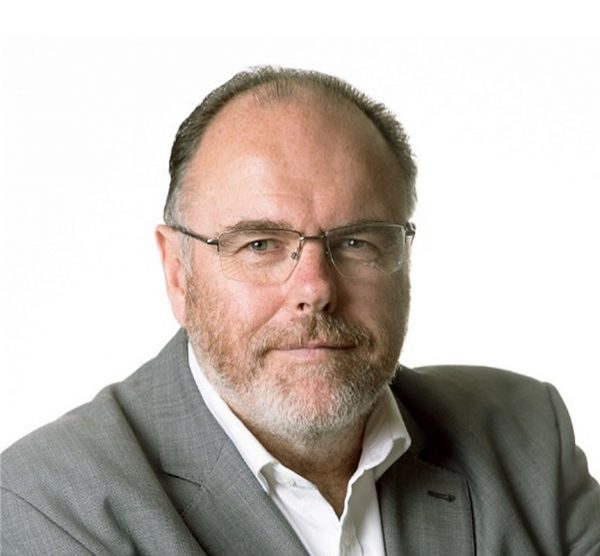
In a new interview the CEO of ISP WightFibre, John Irvine, has spoken to ISPreview about some of the challenges they’ve faced in deploying Fibre-to-the-Premises (FTTP) broadband across the Isle of Wight (England), particularly obstacles created by the council, and their future hope of covering 71,000 premises by 2025.
Until recently WightFibre (formerly Wightcable until a rebrand and restructure in 2012) predominantly operated a limited Hybrid Fibre Coax (DOCSIS) based network on the island, which was similar to Virgin Media’s UK platform and covered around 13,000 homes (plus 4,000 homes already ducted) with their ultrafast broadband and phone services.
However, the operator had long held an ambition of expanding to reach the rest of the island and that finally came to fruition in 2018, following a £35m investment deal with Infracapital (here). As part of that agreement the operator also changed their roll-out strategy to focus on a gigabit-capable full fibre network, which would both replace their existing HFC infrastructure and expand well beyond it.
Advertisement
The initial target was to cover 53,000 homes (plus a few thousand businesses) by the end of 2021 and they’ve so far reached 15,000 homes (18th March 2020), with a target of 30,000 by the end of 2020 and 55,000 premises by the end of 2021 (a little short of their target – when businesses are included). But John Irvine now expects they can go beyond that to reach 66,000 premises by the end of 2022 and possibly 71,000 by 2025.
Interesting Irvine said the decision to adopt FTTP was aligned to the Government’s focus on full fibre at the time, which has since been diluted down to gigabit-capable and if they were to make that same decision today then they might well have upgraded to DOCSIS 3.1 instead (Virgin Media use that to achieve 1Gbps+). “This could have been done for a fraction of the cost of the upgrade to full-fibre and much more quickly,” said the CEO.

Nevertheless Irvine remains happy with the decision to go with full fibre as it will deliver higher service levels and better speeds going forward, although the operator remains concerned that “local authorities are institutionally biased towards BT Openreach” and could try to overbuild them with state aid (a similar thing happened with the earlier BDUK funded deployment of slower FTTC on the island).
Advertisement
WightFibre also faces a familiar obstacle from complicated and expensive wayleave (land access) agreements, as well as the fact that the council has chosen to hand control of the island’s road and footways to a private, profit making company (Island Roads).
Irvine claims the new company are using their fibre roll-out as a “revenue generating opportunity” and resolving this is said to have cause some added costs, as well as delays. “It is certainly not seen as a strategic infrastructure project by anyone other than local politicians and the executive officers in the council,” said Irvine.
Despite such challenges WightFibre has made extremely good progress and, much as we reported in August 2019 (here), the main bulk of their build is currently taking place with approximately 2-3,000 extra homes being reached per month. See below for further details in our extended interview with John.
The WightFibre Interview (John Irvine)
Q1. Can you tell us how many premises passed you’ve achieved with your FTTP deployment so far and whether you still expect to complete the rollout by the end of 2021?
Advertisement
ANSWER:
WightFibre have 12,000 homes passed (as of 7th February 2020) and now rolling out at approximately 2-3,000 homes per month. We are on target for around 30,000 homes passed by end 2020 and 55,000 homes passed by the end of 2021, a little short of our initial target set in 2017. An additional 11,000 premises have been identified. We are planning to a total of 66,000 premised passed by the end of 2022.
There are a further circa 5,000 homes which we cannot reach due to wayleave and Section 58 notice limitations. We expect to reach those premises in due course (by 2025) as Section 58 notices expire and wayleaves are given. This would give a total 71,000 homes passed.
It is worth noting, at WightFibre, we define homes passed as homes ready for service and so, for example, we don’t include MDUs in these numbers until they have been internally cabled.
Q2. The project’s current investment of £35m, which we understand should benefit 53,000 homes (as well as a few thousand businesses), puts the per premises cost at somewhere around £580-£660. This seems about right for urban / suburban areas on the Isle of Wight but rural areas are predicted to be much more expensive for FTTP.
Ofcom has suggested that reaching some remote rural areas could push the per premises cost up to £2,500, while Openreach believes that the final 10% of the UK might even hit £4,000 via FTTP (here). How much do WightFibre expect the per premises cost to rise for the more rural parts (e.g. around West Wight) and do you think it will be possible to raise enough investment to do every single one?
ANSWER:
WightFibre had an existing 13,000 homes passed with our HFC network and a further 4,000 homes already ducted. The cost of upgrading these to full fibre is less than for new build network (because little civil engineering is required). For our initial deployment, therefore, the average cost per premise is lower.
The bulk of the island’s population (circa 58,000) are concentrated in the main towns and large villages which we would regard as urban. Another circa 10,000 are concentrated in smaller villages in hamlets which could be viewed as truly rural. A further circa 5,000 are ‘extreme’ rural. We are seeing CPP of less than £1,000 per home passed for urban and rural. Only the extreme rural premises are exceeding this with some individual premises reaching costs of several £10,000s.
The additional 10,000 rural premises have only become economical because of BT Openreach’s exchange to exchange Dark Fibre X product which has recently been made available on the Isle of Wight. Without this the cost of trunk or backhaul connections to those small villages and hamlets would have made them uneconomical. This Dark X product is, as yet, unproven to us but BT Openreach are being quite supportive in our attempts to deploy this on the Isle of Wight.
WightFibre is also making some expedient use of PIA (Physical Infrastructure Access) though this is expected to constitute less than 10% of our network measured by homes passed.
Q3. Can you tell us a bit more about the kit (e.g. XGS-PON or some other full fibre standard technology etc.) and the suppliers that you’ve chosen to work alongside for FTTP on the Isle of Wight and why you picked them?
ANSWER:
WightFibre’s network is a Point to Point network with multiple fibres deployed to each premise (although only one fibre will ever be in use for the foreseeable future).
Our core network utilises Juniper equipment with connections from two head ends on the island to two data centres in London via SSE Telecom. Underwater connections to the mainland are diverse via an SSE owned cable and a BT owned cable.
Our street network uses Keymile (now DZS Keymile) equipment, chosen for its’ compatibility with our existing cabinets, high capacity and our long standing relationship with Keymile. Each Keymile MSAN is deployed with a pair of 10Gb trunk connections diversely routed (upgradeable to 2 x 20Gb with currently available Keymile equipment) so we believe this is a truly futureproof network deployment.
Passive materials including the ODFs are sourced exclusively from Hexatronics.
Street cabinets are from ICEE in Waterlooville including the electrical, battery backup and cooling elements designed and sourced in co-operation with Hexatronics.
Network planning is outsourced to Flomatiks.
Flick over page 2 to finish reading this interview..
Mark is a professional technology writer, IT consultant and computer engineer from Dorset (England), he also founded ISPreview in 1999 and enjoys analysing the latest telecoms and broadband developments. Find me on X (Twitter), Mastodon, Facebook, BlueSky, Threads.net and Linkedin.
« UK ISP TalkTalk Win Unequal Pay Dispute Started by Ex-Worker
COVID-19 – SamKnows Shows Broadband ISP Impact of Lockdown »





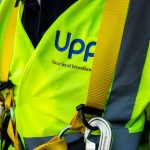


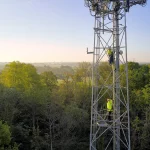




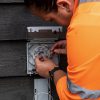
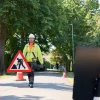







































Population 58,000, 71,000 homes?
ONS (2017) says pop of 141,000
Did 80 thousand people leave IoW recently ?, If not then where do the rest of the population live if 58,000 are urban 10k are rural and 5k are extreme.
Read again, ignore my comment!
fantastic altnet, they have persevered despite the obstacles government puts in the way. Good luck to them. keep the faith.
agreed, was with their cable service when it was in carlisle before virgin took over. rock solid 95% of the time (was built by omne before they took it over and upgraded it) with excellent ping times and the few times it went down was fixed that day by the team they kept local.
Was quite sad when they left, left virgin a few month later as the pings where much worse and i did a lot of online clan games at the time (quake, counter strike, solder of fortune 2 to name a few)
We live semi rural with in 3 miles a green cabinet has fibre to the east of us and 2 miles another to the north but a different exchange number yet we in between do not get fibre as we are to far from the cabinet. We have homes , businesses all requiring fibre but we are the forgotten few . Post code TD113PZ BT have told us they have reached their 95% target and we must look to other providers . not exceptable as we only get 2 mb at best .